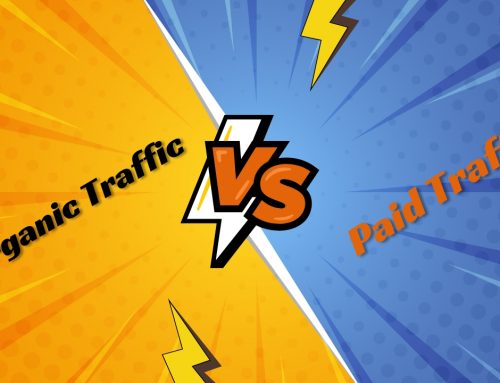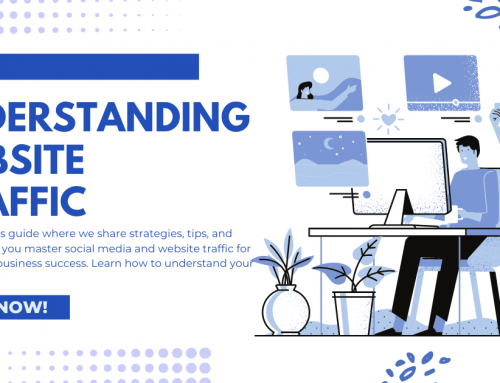In the quest for online success, website traffic often reigns supreme. But not all traffic is created equal. Just like in a classic Western showdown, there’s the good, the bad, and the ugly when it comes to the visitors landing on your digital doorstep. Understanding the difference can make or break your online strategy.
The Good: High-Quality Traffic
This is the gold rush you’re after – visitors who are genuinely interested in what you offer. They’re engaged, they convert, and they contribute to your bottom line.
Here are some hallmarks of good traffic:
- Relevant: They arrive via targeted keywords, relevant backlinks, or social media campaigns that align with your niche.

- Engaged: They spend time on your site, explore multiple pages, and interact with your content.
- Conversion-oriented: They take desired actions, such as making a purchase, signing up for your newsletter, or contacting you for more information.
Examples of Good Traffic Sources:
- Organic Search: Visitors who find you through search engine results (SEO).
- Referral Traffic: Visitors coming from other websites that link to your content.
- Social Media: Engaged users who click through from your social media posts.
- Email Marketing: Subscribers who click links in your targeted email campaigns.
The Bad: Low-Quality Traffic
These visitors might boost your numbers, but they’re not likely to turn into loyal customers or contribute to your goals. They’re often characterized by:
- High Bounce Rate: They leave your site almost immediately after arriving.
- Low Session Duration: They spend minimal time on your pages.
- Irrelevant: They arrive from unrelated sources or through misleading keywords.
Examples of Bad Traffic Sources:
- Spam Bots: Automated traffic that inflates your numbers but offers no real value.6
- Misleading Ads: Clicks from ads that promise something different from what your site delivers.
- Irrelevant Referrals: Traffic from websites that have no connection to your niche.
The Ugly: Harmful Traffic
This is the outlaw gang you want to avoid at all costs. Harmful traffic can damage your website, compromise your security, and even hurt your reputation.
- Malicious Bots: Bots designed to scrape data, spread malware, or launch attacks on your site.
- Fake Traffic: Artificial traffic generated to inflate your numbers or manipulate ad revenue.
- Click Fraud: Fraudulent clicks on your ads that drain your budget without generating legitimate leads.
How to Attract the Good and Avoid the Bad and the Ugly
-
Targeted Content:
Create high-quality content that resonates with your ideal audience.
-
SEO Optimization:
Implement strong SEO strategies to rank for relevant keywords.
-
Quality Backlinks:
Build relationships with reputable websites in your niche.
-
Social Media Engagement:
Cultivate an active and engaged social media presence.
-
Email Marketing:
Build an email list and send targeted campaigns to your subscribers.
-
Website Analytics:
Monitor your website traffic to identify trends and address issues.
-
Security Measure
Implement security measures to protect your site from malicious attacks.
By understanding the different types of website traffic, you can focus your efforts on attracting the “good” kind and steer clear of the “bad” and the “ugly.” This will help you build a successful online presence, generate leads, and achieve your business goals.





